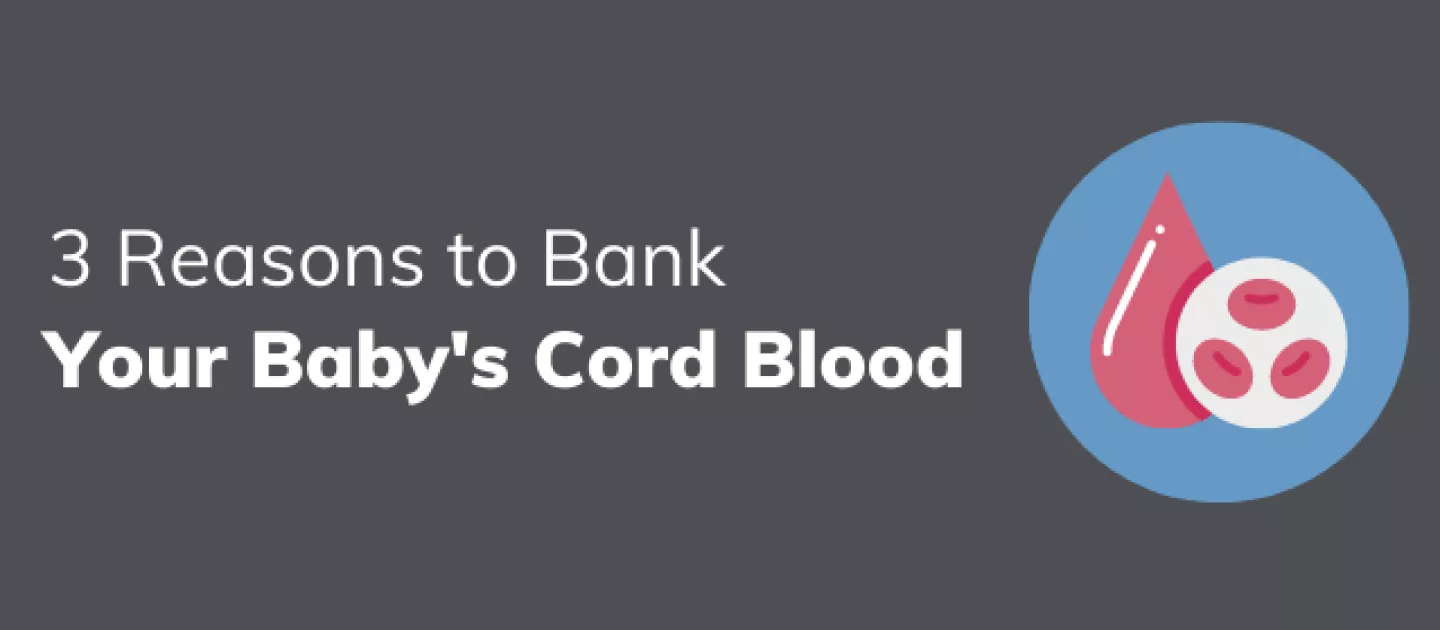Saving stem cells from your baby's cord blood may sound like something from the future, but in reality families have been doing it for nearly thirty years. Even after all these years, many expecting parents remain unaware of the life-saving power and potential of these cells. Whether you’ve heard about it before or you’re hearing about it for the first time, here are three good reasons to do so.
Let’s Talk About Cord Blood
Cord blood is the blood that's leftover in the umbilical cord after a baby is born. It contains a variety of different stem cells, including hematopoietic stem cells. What makes hematopoietic cells so special? These cells can be used to treat different types of diseases and illnesses. These cells have been used in transplant medicine for conditions like blood cancers over 30 years and more recently have been studied in regenerative medicine applications like autism.
Now that you know a little more about what cord blood stem cells are and where they’re found inside the body, here are three reasons you should consider banking them.
1. Access to a Future Medical Resource
Extracting cord blood stem cells from your baby’s umbilical cord is an easy and painless procedure, and it doesn’t start until after the umbilical cord is clamped and cut. Once it's extracted, it’s sent to a lab where the cells are processed and stored for safekeeping should your family ever need it. The cord blood stem cells will be available whether it's two years or twenty-five years from now.
2. Proven Uses
Hematopoietic stem cells inside cord blood can turn into all types of blood and immune cells, making them an excellent resource for re-growing healthy blood and immune systems damaged by disease. It has been used in the treatment of nearly 80 conditions, including certain cancers, blood disorders, bone marrow failure syndromes, metabolic disorders, immunodeficiencies, and more. For families who have a known medical condition and for families who want to prepare for the unknown, having cord blood as an option for treatment is invaluable.
3. Treatment Potential
With cord blood stem cells, the future of cord blood is just as important as the present. Similar to how cord blood is used in transplants to replace unhealthy blood and repair the immune system, researchers are now studying how these cells can repair or replace damaged tissues and organs. This area of science is called regenerative medicine. Current FDA approved clinical trials include the use of cord blood to treat autism and cerebral palsy. To get a sense of just how much these treatments are helping some families, check out this video featuring Gracie and her family.
Follow us on Facebook, Twitter, and Instagram to join the conversation and stay up-to-date on cord blood & tissue, genetics, pregnancy, and everything in between!
Disclaimer: Banking cord blood does not guarantee that treatment will work, and only a doctor can determine when it can be used. PerkinElmer does not endorse or make recommendations with respect to research, medication, or treatments. All information presented is for informational purposes only and is not intended as medical advice.











